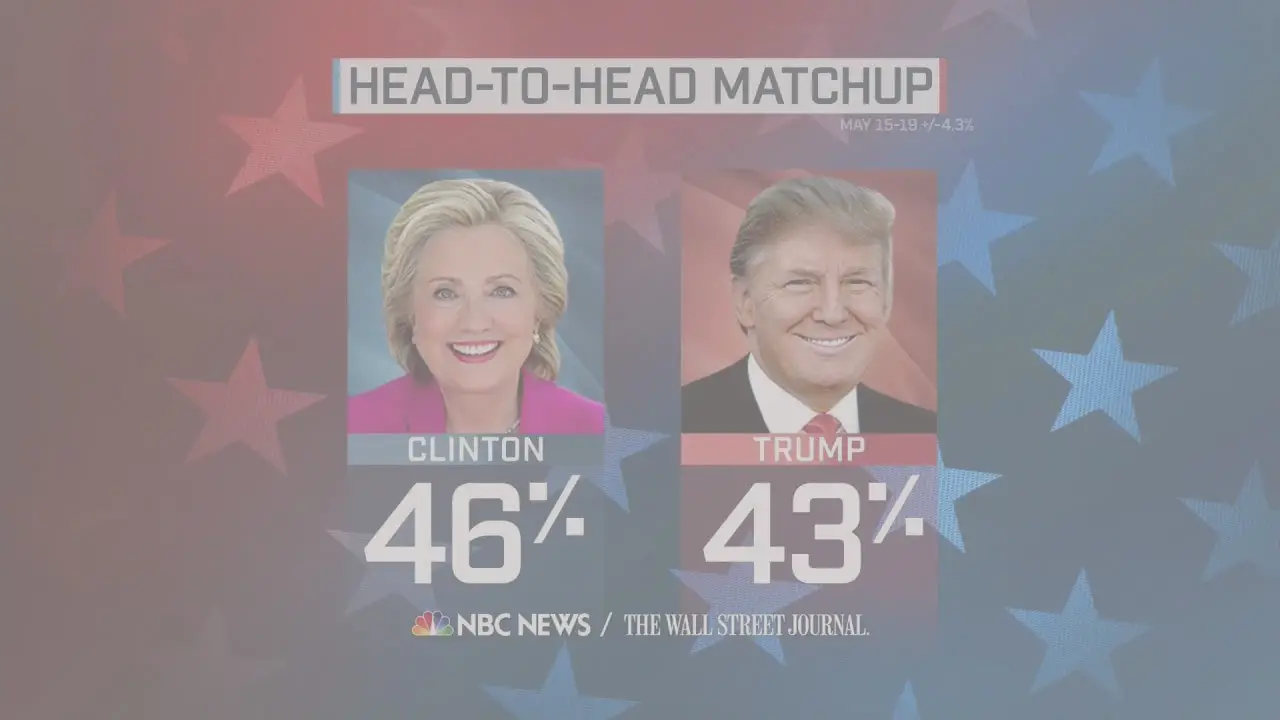This post forms the first of a new series I have planned analyzing where the Democrats went wrong in 2016. In this article, I’ll be looking at why polls can provide false hope, how to properly read polls, and what the public can do in 2020 to avoid the hype surrounding election polling.
There are many reasons why polling elections in the United States is fundamentally flawed and can end up portraying the race in a very different way to reality. For one, we can read far too deeply into nationwide polls. These polls survey people from across the entire United States, and so should, in theory, provide a broader range of opinions than state polls. But we have to bear in mind that surveying across a wide range of states means that fewer people per state are surveyed. I break it down in the example below.
- 1,000 people polled in Georgia OR
- 1,000 people polled nationwide = 1,000 people in fifty states = an average of 20 people per state = 20 people in Georgia.
We can see that collating the statewide polls of all fifty states, as opposed to looking at the nationwide polls, can provide much more accurate data than nationwide polls.
When looking at nationwide polling, never forget that a U.S. election is ultimately determined by the Electoral College. Take a look at the results from the 2016 presidential election:
| Candidate | Popular vote | Electoral College vote |
| Hillary Clinton (Democrat) | 65,853,514 (48.2%) | 227 |
| Donald Trump (Republican) | 62,984,828 (46.1%) | 304 |
(Plus seven faithless Electoral College voters)
The polls that showed Hillary Clinton receiving a higher proportion of the vote were correct. Polls do not factor the Electoral College, they merely survey the popular vote. As we have seen four other times before 2016, candidates don’t have to win the popular vote to win the Electoral College. We would all do well to remember this in 2020.
Secondly, the voting population in the U.S. could be as high as 160 million people in 2020. As carefully and accurately as polls are done nowadays, they can never replicate what 160 million people plan to do on one day in November. People can lie or change their minds when answering who they plan to vote for in an election.
Pollsters also have their own biases. In some cases, polls are run by the campaigns themselves. FiveThirtyEight, a website that bases its predictions for politics, sports, and the economy on statistics, has collated almost every major pollster in the country and rated them based on their accuracy and methodology. It has banned at least eight pollsters from its predictions as it “strongly suspects they have faked results”.
So the next time you come across a poll, make sure to scrutinize it properly. Is it a nationwide poll or one from a particular state? Does it survey registered voters or likely voters? Also, don’t forget that polls merely survey the opinions of a small group of people (usually between a thousand and two thousand) on one particular day. People’s minds change as campaigns present new positions on issues or debates happen. Most of all, don’t take polls too seriously – only when the votes have been counted will we truly know what the public thought of the 2020 election cycle.
Donate Now to Support Election Central
- Help defend independent journalism
- Directly support this website and our efforts
